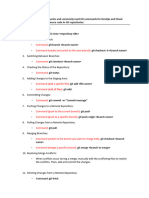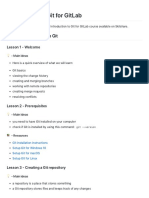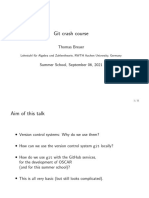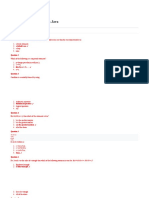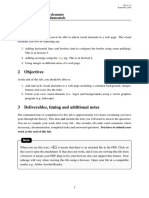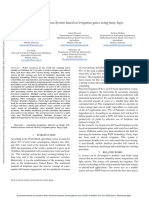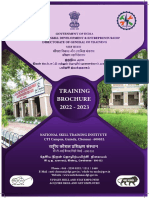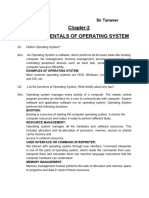0% found this document useful (0 votes)
426 views7 pagesGit & GitHub Roadmap
The Git & GitHub Roadmap outlines a comprehensive guide for learning version control using Git and GitHub, starting from the basics of version control systems to advanced concepts like rebasing and cherry-picking. It includes step-by-step instructions for setting up Git, basic commands, workflows, collaboration techniques, and best practices. Additionally, it provides resources and tools for further learning and visualization of Git history.
Uploaded by
narottam.bxr0140Copyright
© © All Rights Reserved
We take content rights seriously. If you suspect this is your content, claim it here.
Available Formats
Download as PDF, TXT or read online on Scribd
0% found this document useful (0 votes)
426 views7 pagesGit & GitHub Roadmap
The Git & GitHub Roadmap outlines a comprehensive guide for learning version control using Git and GitHub, starting from the basics of version control systems to advanced concepts like rebasing and cherry-picking. It includes step-by-step instructions for setting up Git, basic commands, workflows, collaboration techniques, and best practices. Additionally, it provides resources and tools for further learning and visualization of Git history.
Uploaded by
narottam.bxr0140Copyright
© © All Rights Reserved
We take content rights seriously. If you suspect this is your content, claim it here.
Available Formats
Download as PDF, TXT or read online on Scribd
/ 7






